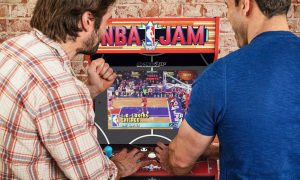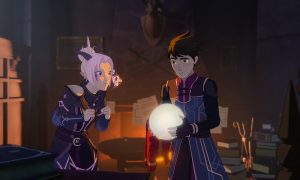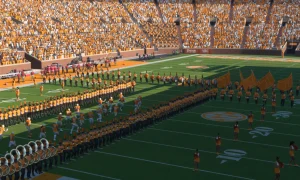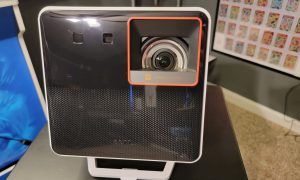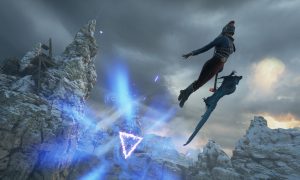Moonbase Alpha is a simulation / game created by Virtual Heroes as a way to show how concepts for NASA could be combined in a game for inspiring and encouraging interest in space exploration. The backdrop is the year 2025. Humans have established a lunar base and a meteorite has damaged oxygen creation. With 25 minutes until oxygen runs out, players must work either alone or in a team to repair and/or replace components around the base to restore the flow of oxygen and save the settlement.
The game takes place on a map of the lunar surface and there are three sizes: 1-2 players, 3-4 players, or 5-6 players. Each map has similar tools and equipment, but the differences are the complexity of the base and the number of damaged or broken parts. An overhead map is available, showing players the location and severity of damaged modules or hoses. Once the situation is assessed, players go to work and communicate via text or voice chat to coordinate areas of concentration and restore the flow of oxygen within 25 minutes. After the restoration, scores are sent to leaderboards where comparisons are made to how fast others have completed the map.
To get a feel of how it all works, I started a 1-2 player game with only myself. I was guided by a voiced tutorial taking me through different steps for repairing the base. From a workstation I was able to choose a welding torch, a wrench, or a robot to conduct my repairs. The welding torch is used on damaged components, the wrench is used to loosen or tighten hoses, and the robot is used where there is a dangerous area to astronauts.
I went out to a broken coupler with a welding torch and began working. Work is in the form of time. The more damaged a component, the longer it takes. Every few seconds during a repair, a circuit board would come up on the screen as a mini-game. Drawing paths successfully to complete circuits would shave a few seconds off the over-all repair time. I made it to level 8 of this game, and it quickly became tedious to perform after the 10th time completing it.
With hoses detached from couplers, I needed to pick up a hose, drag it to the fastening location, and re-attach it. I then needed to use a wrench, but the game only allowed me to carry one item at a time. I had to put down the torch, go to a tool box, pick up a wrench, then go back to tighen the hoses.
Solar dishes also required repair. I had to access a console to lower the dish, then perform a repair (with the torch) in the same manner as the coupler repair.
Finally, once all couplers were green and power was flowing to the oxygen creation unit, there were repairs to complete there, but a coolant leak required me to get a robot. After taking control of one, the repairs are the same as the rest. Once completed, the oxygen meter fills up and the map is finished.
While I do appreciate NASA trying to get more interest in space exploration, I came away from the whole experience very conflicted. While I enjoyed the experience the first time, I wasn’t feeling the simulation aspect. This is more of a game than a simulation, but even then, there isn’t much of a game here. The three maps are identical, with more items broken as the difference between them. Once I played the 1 player map, I felt I completely understood what had to get done.
There is more going on ‘under the hood’ with calculations for oxygen efficiency and output, but I didn’t have to pay attention to any of that. As long as I repaired broken parts and put modules into sockets marked with a floating exclamation mark, oxygen flow returned and the map was finished. I played a 4 player map and apart from stating what I was working on and reading what others were doing, the actions and gameplay were the same; there were just three other people on the map with me completing repairs
Ron Burke is the Editor in Chief for Gaming Trend. Currently living in Fort Worth, Texas, Ron is an old-school gamer who enjoys CRPGs, action/adventure, platformers, music games, and has recently gotten into tabletop gaming.
Ron is also a fourth degree black belt, with a Master's rank in Matsumura Seito Shōrin-ryū, Moo Duk Kwan Tang Soo Do, Universal Tang Soo Do Alliance, and International Tang Soo Do Federation. He also holds ranks in several other styles in his search to be a well-rounded fighter.
Ron has been married to Gaming Trend Editor, Laura Burke, for 28 years. They have three dogs - Pazuzu (Irish Terrier), Atë, and Calliope (both Australian Kelpie/Pit Bull mixes), and an Axolotl named Dagon!

See below for our list of partners and affiliates:











